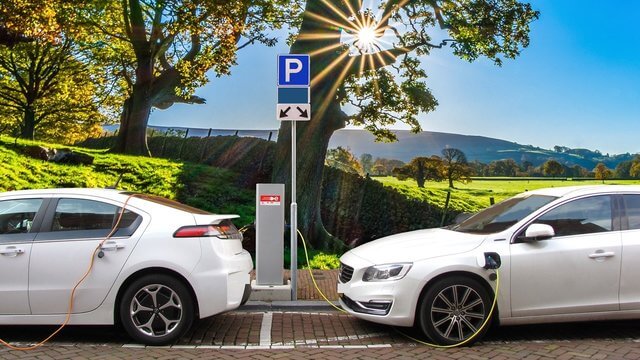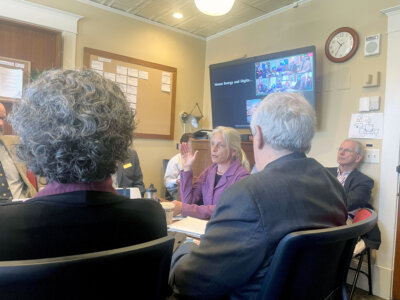The Transportation and Climate Initiative: How it works
 Rep. Mike Yantachka
Rep. Mike Yantachka
Transportation is the largest source of greenhouse gas (GHG) emissions in Vermont at 43 percent of total emissions. Our neighboring states are facing the same problem. So, in 2018 Vermont joined with 12 other eastern states, from Maine to Virginia, and the District of Columbia to design a regional program called the Transportation and Climate Initiative (TCI) to reduce GHG emissions from transportation. Details of the design were released in December 2019, and Vermont’s Agency of Natural Resources has invited public comments on the proposal.
The concept behind TCI is similar to that of the Regional Greenhouse Gas Initiative (RGGI), which includes Vermont along with other states in the northeast. RGGI, established in 2009, is a market-based program that has reduced GHG GHG emissions from electric generation from 188 million tons of carbon dioxide (CO2) in 2009 to 80 million in 2019. The revenues Vermont has received from the program have been a major reason why our electric rates have been relatively level over that period and why we have been able to transition most of our electric energy to renewable sources.
TCI will operate in a similar way to reduce climate-changing emissions and invest in cleaner transportation, healthier communities and more resilient transportation infrastructure.
All pollution-reduction mechanisms have compliance costs that are eventually paid by consumers. The TCI “cap and invest” system is designed to drive down the price of compliance and lessen the cost to consumers while providing a mechanism to reduce fossil fuels used for transportation. This is how it will work.
A limit, or cap, is set on the amount of CO2 that is released from vehicles using transportation fuels. The initial cap is based on a “business as usual” scenario and is reduced over time.
Transportation fuel suppliers must obtain an allowance for every ton of CO2 resulting from the fuel they sell.
The total number of available allowances is limited based on the cap. An auction is held to determine the price per ton of carbon to meet the cap. Transportation fuel suppliers can bid on available allowances.
States receive payments based on the revenues raised from the sale of allowances. Each state then determines how to best invest proceeds to reduce transportation carbon emissions through subsidies of transportation options that emit less CO2. These might include electric and hybrid-electric vehicle and charging station incentives, mass transit improvements, park-and-ride lots, and encouraging smart development. Attention will be given to relieving the cost impact on low-income and rural Vermonters.
Although Vermont has participated in the TCI design process, Governor Scott has been less than enthusiastic about signing onto this multistate agreement. He has stated his opposition to any concept that includes carbon pricing. However, we must also consider the costs of not participating. Since we are in a regional market, Vermont may be subject to the increased cost of fuel without getting any of the benefits. We also face the costs associated with more extreme weather that damages our roads and bridges, drowns our crops and downs our power lines. Furthermore, it is disingenuous to talk about concern for climate change without taking the steps to reduce our contributions through a more efficient transportation policy.
The Legislature may elect to participate only to face a veto. It is time for our governor to translate words and intentions into action.
I welcome your emails, phone calls at 802) 233-5238, or in-person contacts. This article and others can be found at my website.
Related Stories
Popular Stories
If you enjoy The Charlotte News, please consider making a donation. Your gift will help us produce more stories like this. The majority of our budget comes from charitable contributions. Your gift helps sustain The Charlotte News, keeping it a free service for everyone in town. Thank you.
Andrew Zehner, Board Chair






